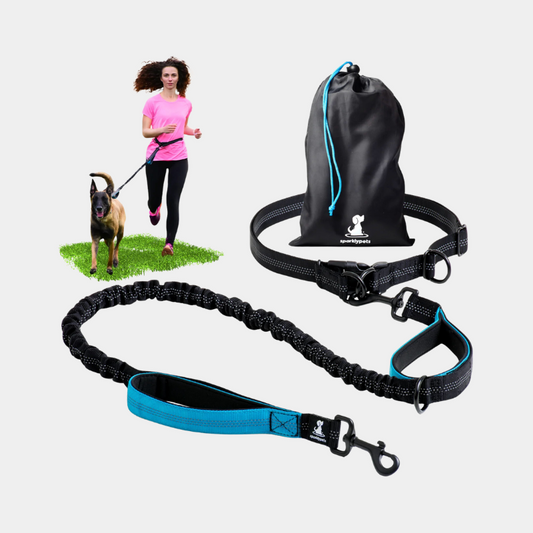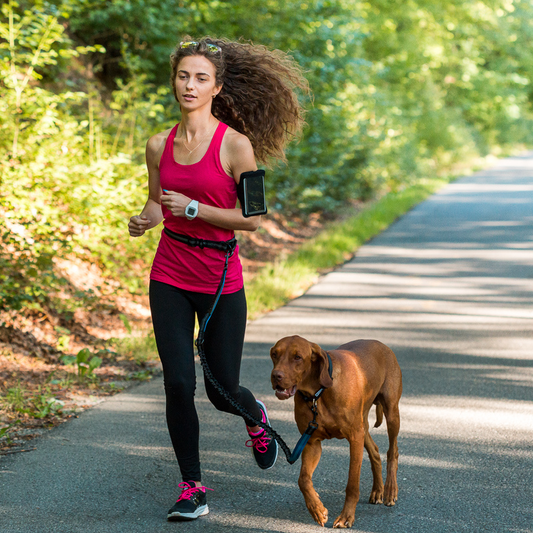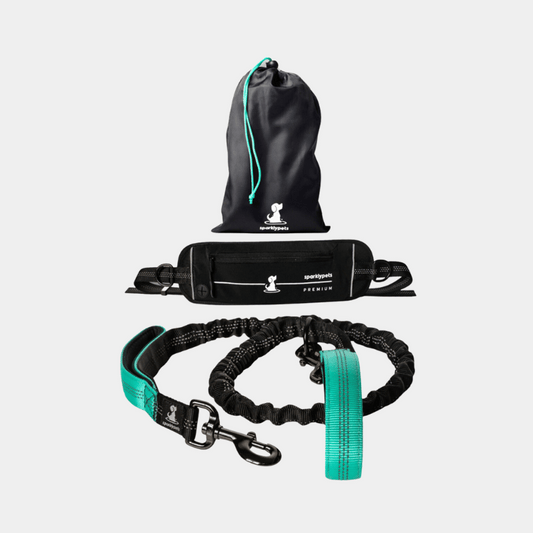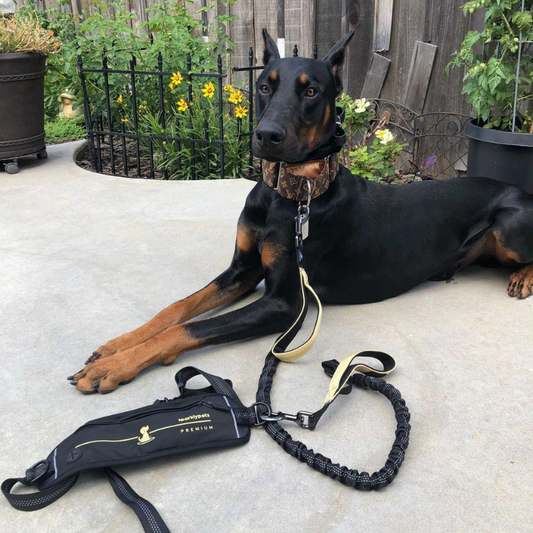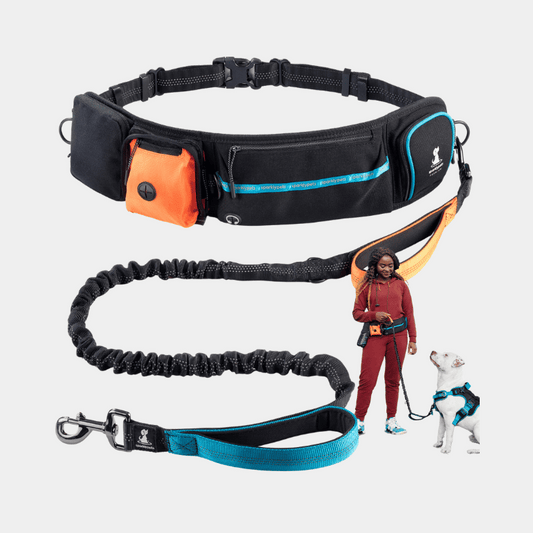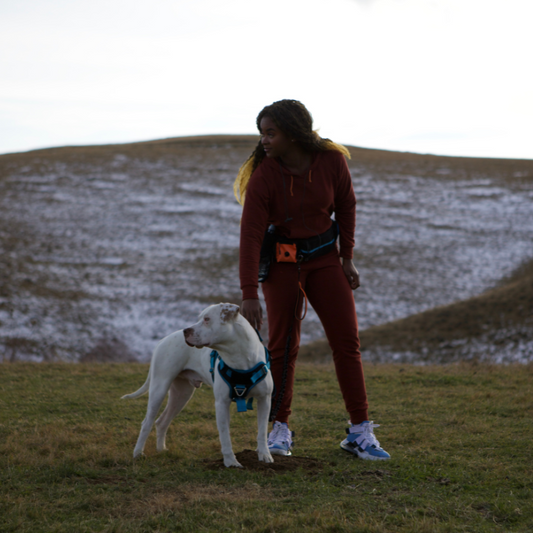Have you ever thought about what's the best option for your dog when it comes to wearing a leash? We all believe in giving them freedom to roam, enjoy life and have fun, but we also have thought about how easy it is for them to get hurt, or to hurt others when they are on their own.
Holding a dog on a leash can be a bit of a moral dilemma sometimes. Keeping your dog on a leash could mean the difference between him being safe, or being hit by a car, for example. On the other hand, keeping your dog on a leash makes it more difficult for him to explore and bee free, as you control where he can and cannot go. So which is the best way? How do we decide when it’s right to leash a dog and when should he be free? Let’s explore this topic further in this article.
Safety first
Okay, let’s start with the most obvious item in the cards today - safety. Some people argue that having your dog on a leash is going to keep them safe. You know, you can hold them back when crossing the road (avoiding incoming traffic), or you can redirect them in a different direction when there’s danger (another person who doesn’t like dogs, toxic plants or other animals).
In the other camp, people who prefer walking their dogs off-leash say that your dog can also be safe while off-leash when they have a special bond with you as their leader. This means they need to know and obey commands like “come” or “heel”.
At the end of the day though, we think having a mix of leashed and off-leash time is best, as keeping your dog on a leash can also be because of different circumstances. In some areas, laws require all of our four legged friends to be leashed to get access, while the great outdoor means they can roam freely with little danger around.
Exploring around
Speaking of roaming around, dogs are curious beings, so whenever they go places, especially new places, they tend to be curious about it and sniff around. This can be both good and bad. Good, for obvious reasons - it can spark curiosity and that’s great mental stimulation for your best friend, but it can also mean bad, as curiosity can get them to eat a plant they are not supposed to or go face to face with a wild animal, like a skunk (good luck taking the stench out).
Exploring new territories will keep your dog entertained for hours - think of all the new scents he’s picking up, all the visual cues he’s got to inspect and every nook and cranny to investigate. Playtime is the best in these types of environments as the dog tends to be a lot more relaxed. This can also mean safety for you, if we’re talking activities like hiking through the woods, as a dog can spot and alert you of the presence oa a bear way before you would notice him.
But having your dog roaming freely is out of the question if your dog is not yet bonded with you, as he may get lost and not come back. This will be bad for both you and your dog as each will be suffering - you for missing him and him for being on his own.

Discipline
All of the above ties into discipline. Both on-leash and off-leash techniques of training your dog can be effective in different scenarios and combining them would get you the optimal training for your pooch at the moment.
A leash will be able to keep your dog safe while he learns to trust you and bonds with you, but it will also keep others safe. For example, your dog being leashed might bring comfort to a child who’s scared of him, or it might keep your dog safe in a situation where there’s another dog present and they become territorial.
Of course, off-leash dogs also require discipline, as you need to be able to recall your dog at any moment to ensure his safety and everyone else's.
In the end, it’s all about what works best in the moment, and what works best for your dog. If you think your dog is problematic around other dogs, then keep him safe by having him by your side with a leash. If there’s no one around and no danger to your dog, allow him some free range and roaming time.


